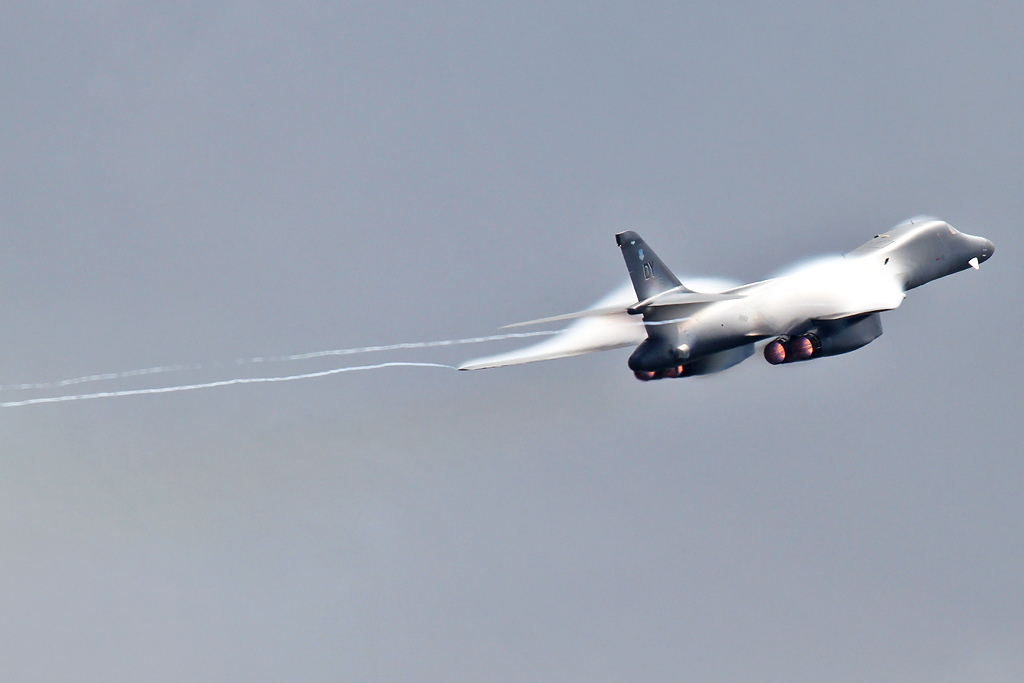Lift is not caused by air hitting the bottom of the wing, and Bernoulli's equation has very little to do with wing shapes and also applies to the bottom of the wing as well as the top. Read this for my best shot at what does happen:
http://www.pilotsofamerica.com/forum/attachment.php?attachmentid=35238&d=1407775590
Shapes:
Traditionally, the first element of the shape was the camber - the curve that runs halfway between the top and bottom surfaces. More camber typically results in a higher maximum coefficient of lift at higher angles of attack - good if you want short field performance, but it comes at the expense of drag - so not so good for cruise speed.
The second element of shape is the thickness distribution. How thick is it, where is the maximum thickness, what is the radius of the leading edge. These all have some effect on things like drag and stall behavior, but tend to be secondary factors when looking at the lift characteristics. On the other hand, more thickness gives you more room for structure, so there is some trade off between drag and weight.
FWIW...
If you look at the old NACA 4 digit airfoils (Cessna 1xx typically use 2412) were developed using the above methods - NACA engineers noticed that a lot of the popular air foils in use at the time (1930's) looked kind of similar (Clark Y was one) - so they came up with some pretty wild equations to generate camber and thickness curves that resulted in airfoils with similar shapes. Then they systematically changed the camber and maximum thickness and tested one after another after another in a wind tunnel. So, then, when you wanted to pick an airfoil, you could dig through the NACA data to find one with the thickness you need for the structure and the lift / drag behavior you wanted to get takeoff / climb performance.
Nowadays, it's pretty much all done in CFD and there is less destination between the camber and thickness distributions. And by careful work, you can improve the performance by several percent compared to the old NACA stuff.


